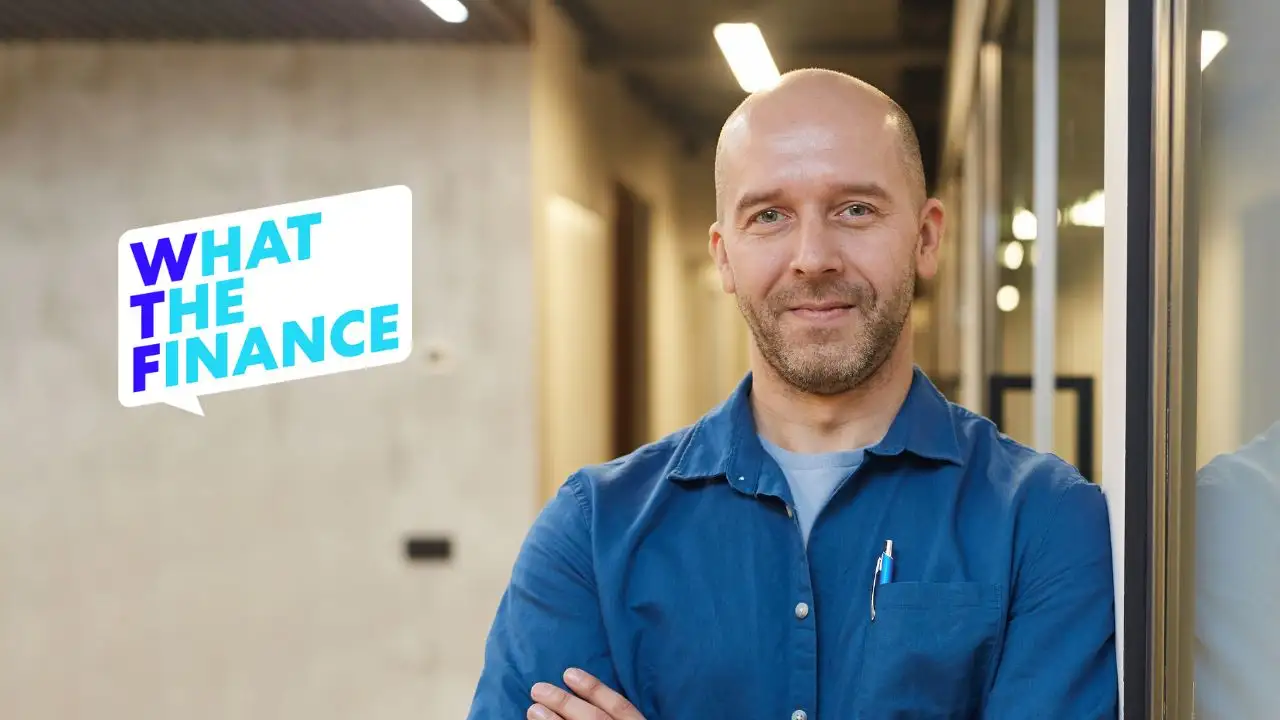
Everyday Finances
WTFinance is collateral and how can it help you get the loan you want?
Jul 27, 2023
Written by
Reviewed by
Is financial language designed to confuzzle? The word “collateral” makes me think of Arnold hunting down bad guys who callously hurt innocent people. Get ‘em, Arnold!
The word “collateral” refers to something that’s part of a situation but secondary to the main issue. So, yes, in the movies, “collateral damage” means innocent victims caught up in someone else’s dispute. In finance, collateral is something that supports a loan, but it’s not the loan itself.

What is collateral?
Collateral is something of value that you offer to the lender as a guarantee that you’ll repay the loan.
Examples of collateral
Car loan: When you buy a car with an auto loan, the car is the collateral. The Repo Man (not Arnold, but just as intimidating) will come for the car if you don’t pay the loan.
Home loan: When you get a mortgage to buy a home or you use a home equity loan to borrow against your equity, the home is the collateral. If something happens and you're unable to repay the loan, you could lose your home.
Secured credit card: When you get a secured credit card, your cash deposit is the collateral. You can use and pay off the card like you would with any other kind of credit card, but if you don’t pay your bill, the issuer can keep your deposit.

The link between collateral and secured loans
What’s a secured loan, anyway? Is the loan more confident? More superior than other types of loans? Not quite. It just means you’re borrowing against collateral.
Remember Wimpy from Popeye? When he said, "I'll gladly pay you Tuesday for a hamburger today," he was asking for an unsecured loan. If Wimpy had offered his prized and valuable tie and hat collection as a guarantee that he’d repay the loan, he'd be providing collateral and asking for a secured loan.
People borrow against many kinds of assets, like these:
Money in a savings or Certificate of Deposit account
Stocks and bonds
Life insurance policy
Jewelry
Fine art
Most personal loans are unsecured, no collateral required. All mortgages, on the other hand, are secured.

How collateral works
You’ll need to do more than show that you own something valuable. The lender will require documentation that proves that you own it and how much it’s worth. They will also put some kind of restriction on the property that prevents you from selling it or cashing in its value before your loan is paid off.
For a home loan or a home equity loan, the lender will take these steps:
Pay a title company to confirm that no one else has a legal claim to the home.
Pay a professional appraiser to document the current market value of the home.
Record a lien with your county—this documents their legal right to sell the home if you don’t pay the loan. You have to agree if you want the loan.
Remove the lien once the mortgage is paid off.
For a typical secured credit card, the amount of your deposit will be your credit limit. If you send in a $250 deposit, you get a $250 credit limit. Since this isn’t a prepaid card, the deposit won’t be applied to your purchases. You still need to pay your bill each month. But after a period of on-time payments, you can get your deposit back and switch to an unsecured credit card. Not all secured credit cards work exactly the same way, but this is a common scenario.
Collateral can help you get the loan you want
A secured loan lowers the risk for the lender because if you don’t repay the loan, they get to have your collateral. For this reason, secured loans often have a lower interest rate compared to similar loans that are unsecured. Borrowing against collateral might increase your chances of getting approved for the loan you want, or might help you borrow more than you could without collateral.
Author Information
Written by
Jackie is an Achieve contributor. She is an accredited financial coach (AFC®) who has written for Business Insider, BuzzFeed, CNET, USA Today's Blueprint, and others. She coaches artists and freelancers.
Reviewed by
Kimberly is Achieve’s senior editor. She is a financial counselor accredited by the Association for Financial Counseling & Planning Education®, and a mortgage expert for The Motley Fool. She owns and manages a 350-writer content agency.
Related Articles
Spoiler alert: APR is just how much your loan costs for a year. Find out here how it differs from your interest rate.
Miranda Marquit
Author
Meta description: A home equity loan could turn your home’s value into money you can spend to improve your life. Find out how.
Jackie Lam
Author
Expecting a check from the IRS and wondering what to do with it? Check out this inspo for smart ways to use your tax refund.
Kimberly Rotter
Author
Spoiler alert: APR is just how much your loan costs for a year. Find out here how it differs from your interest rate.
Miranda Marquit
Author
Meta description: A home equity loan could turn your home’s value into money you can spend to improve your life. Find out how.
Jackie Lam
Author
Expecting a check from the IRS and wondering what to do with it? Check out this inspo for smart ways to use your tax refund.
Kimberly Rotter
Author


